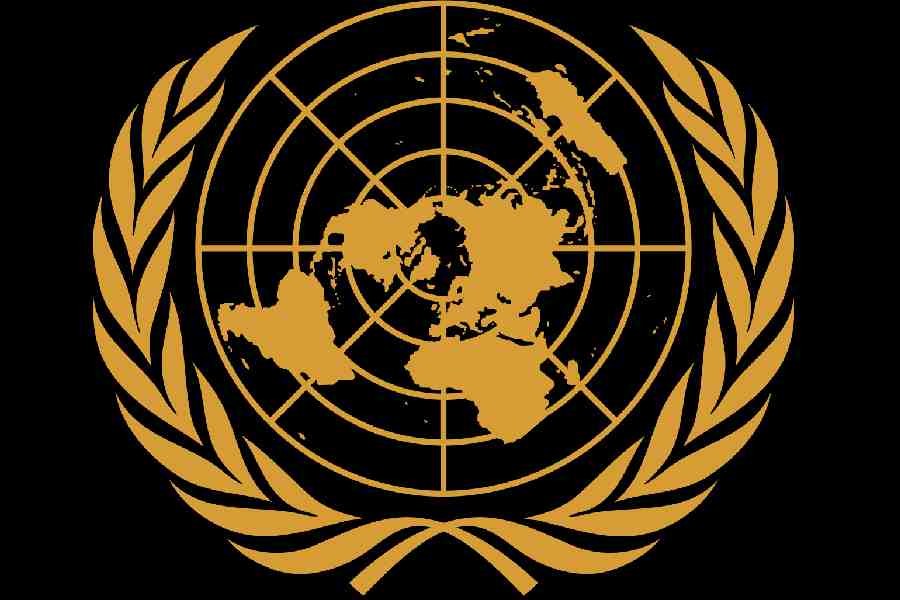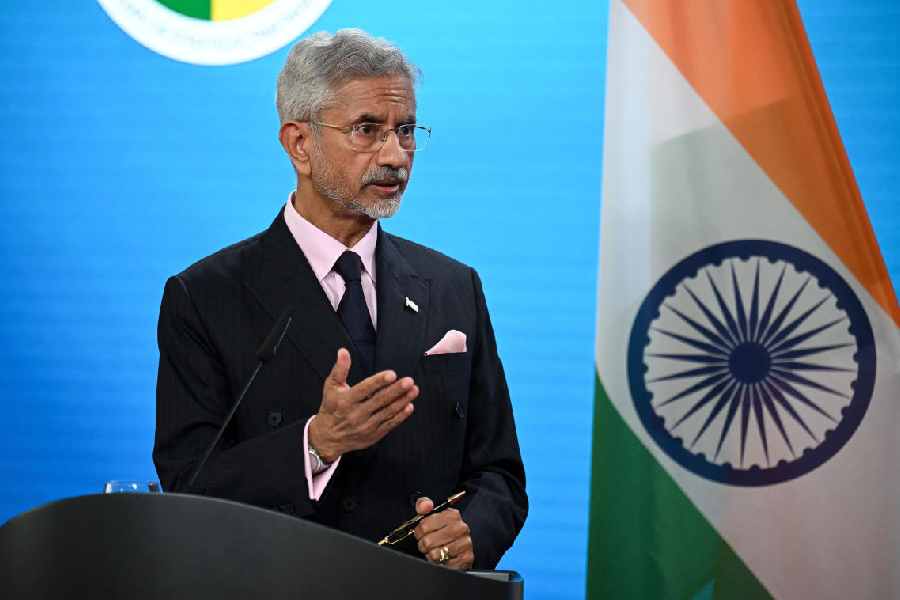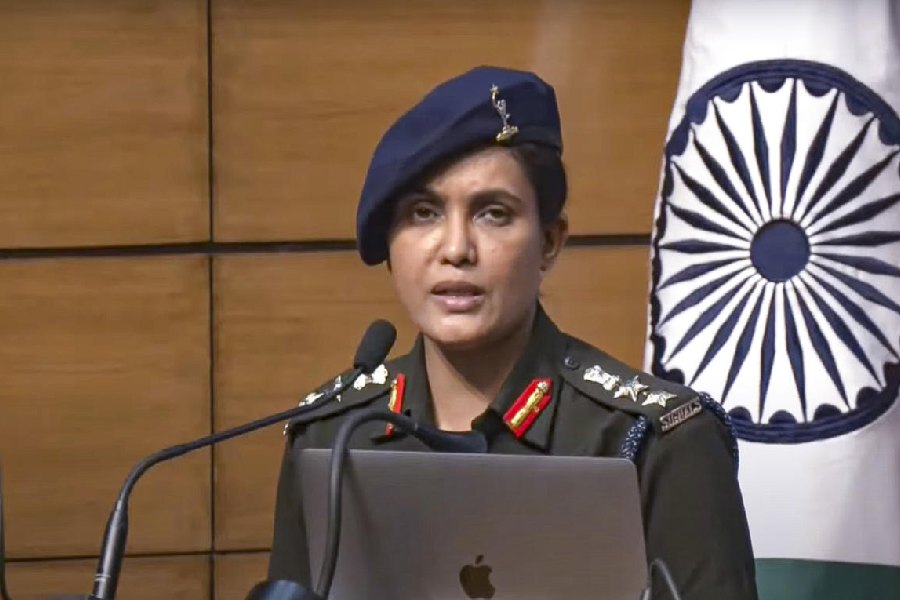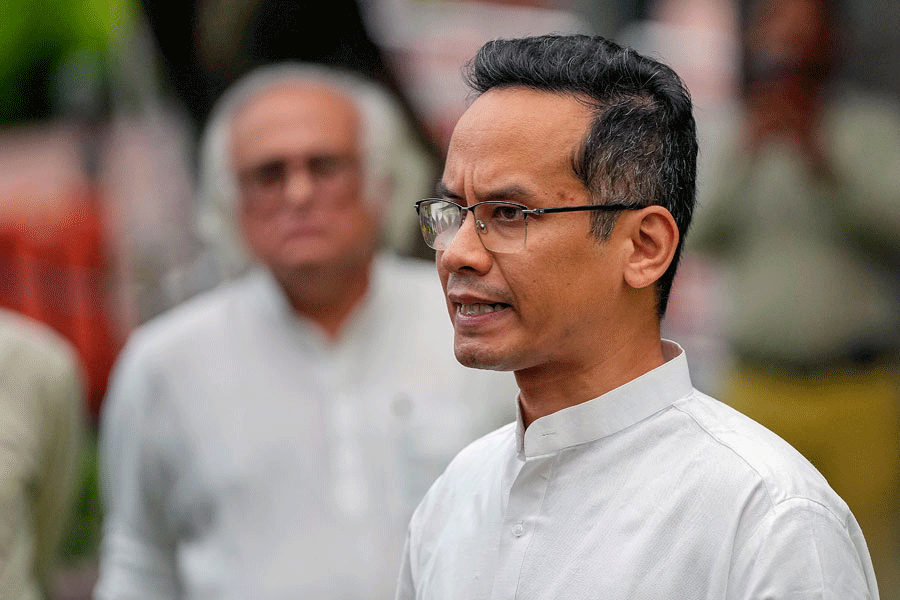|
|
The first Indian diplomatic telegram of the WikiLeaks variety that I read was about Indira Gandhi’s meeting with Ronald Reagan in Cancun, Mexico, in October, 1981. A sense of relief that the encounter between an unpredictable Reagan and a volatile Indira Gandhi went off extremely well was palpable throughout this telegram. What was most remarkable about this communication, though, was how completely out of character Indira Gandhi was at that meeting. She listened patiently as the American president lectured her at length about what was wrong with India, concluding that “Madam Prime Minister, India must pull itself up by its bootstraps.” The prime minister’s reply to that long homily was just one crushing sentence: “Mr. President, in order to pull ourselves up by our bootstraps, we should first have boots.”
Another telegram that comes to mind was about Rajiv Gandhi’s journey to Washington in June, 1985. A discussion on China somehow became focused on a scholarly book about the Bamboo Curtain that had come out shortly before the visit. Every single member of the Indian delegation travelling with Rajiv Gandhi had read the book. Reagan, it unsurprisingly turned out, had never even heard of the book: so he made no contribution to the key discussions on China.
Long before WikiLeaks released a quarter of a million American diplomatic dispatches last week, I have wondered why Indians don’t leak their telegrams more widely. Many of them show Indian leaders in a far better light than their actual public persona. This is because in South Block, officers are often meticulous in drafting talking points and briefs for ministers, especially when high-profile visits are involved.
A minister who digests his brief and sticks to the talking points is a delight for professional diplomats who work with the political leadership. There is a broad consensus in the Indian foreign service that on this score, K. Natwar Singh and I.K. Gujral get the lowest marks among India’s external affairs ministers. Both of them believed that they knew everything about foreign policy and did not require any edification from a joint secretary whose job it was to steer them through diverse and varied interactions with foreign leaders.
Political appointees who are sent as ambassadors often make ideal objects for very readable telegrams. Unfortunately, they never get to be sent because even if an officer were to write it, such an ambassador would never clear a telegram that shows him in a poor light to be sent to headquarters.
When Kuldip Nayar was high commissioner in London, Saddam Hussein executed Farzad Bazoft, a correspondent of The Observer of London accused of spying for Israel on an assignment to cover elections in Kurdistan. The high commissioner wanted to issue a statement condemning the Iraqi action. New Delhi then had excellent relations with Baghdad and senior officers at India House had a difficult time dissuading their head of mission from following such a diplomatically disastrous course of action.
Not very long ago, a political appointee, an ambassador from Europe in New Delhi was at the Japanese envoy’s annual reception to celebrate his emperor’s birthday. The next day, his deputy chief of mission was asked to draft a congratulatory message for the emperor in Tokyo. The deputy and other officers at this mission had a hard time convincing the ambassador, who did not have even a passing acquaintance with diplomacy before this appointment to New Delhi, that it was none of his business to congratulate the occupant of the Chrysanthemum Throne.
The United States of America has the highest share of political appointees as ambassadors, many of them sent to American missions all over the world only because they have been contributors to successful campaigns for the White House. A career US foreign service officer once had a delightful tale about a woman political appointee who was sent to Asia as envoy. At her first briefing in the state department, the ambassador-designate had an important question: what were the department’s rules about bringing boyfriends to stay the night at official residences?
Diplomatic dispatches that tell such tales would be gems to be read and re-read, but alas, they seldom get written, let alone leaked.
More often than not, it is the glamour associated with diplomatic cables, rather than its substance, which makes them the pièce de résistance, so to speak, of government communication. A former foreign secretary once told me that a cabinet secretary had demanded that he should be in the distribution list for telegrams sent out from South Block whenever the former returns from a tour abroad. The demand was made when the two men met for a meeting that was being taken by the then prime minister.
This foreign secretary was widely perceived to be close to the prime minister: relying on the strength of that perception, he suggested to the cabinet secretary that the two men should approach the prime minister together and discuss the proposal. The cabinet secretary quickly backed off fearing that the prime minister would side with the foreign secretary.
One reason why something like WikiLeaks would not happen in India, as things are, is because distribution lists for classified cables are very restricted. In the US, three million people are said to have had access to the kind of information WikiLeaks managed to obtain. Last week’s sensation was something that was waiting to happen. In a classic case of locking the stables after the horses had bolted, the US government has now cut off access to most of these people and considerably restricted the distribution of classified cables.
Actually, I have found talking points and briefs far more interesting to read than telegrams, sometimes even the ‘top secret’ ones. When V.P. Singh was prime minister, his government wanted to sell a nuclear reactor to Iran. It was a research reactor with a capacity of five megawatts that the International Atomic Energy Agency’s rules allowed New Delhi to sell to Tehran. After a front-page story appeared under my byline a day before a high-level Iranian delegation was to arrive in New Delhi for discussions, the then foreign secretary literally flew into a rage.
Of course, the foreign secretary did not have the faintest idea that talking points for the Iranian delegation were the source for the story. It eventually turned out that in an effort to be transparent about the proposed sale, the then chairman of the Atomic Energy Commission had already mentioned it in a speech at the IAEA general conference several months earlier. Obviously nobody in New Delhi had noticed it because the speech was technical, long-winded and boring for those outside the scientific community.
But the incident is instructive about the futility of routinely classifying government communication into various levels of secrecy. As the WikiLeaks releases have shown, a lot of the information in the now-published cables was already known at least among the strategic community. But, by classifying many of these telegrams as secret, it has been possible to produce little storms in teacups in world capitals following the release of the telegrams.
Sometimes, classified telegrams can take strange twists and turns. In the Soviet days, it was the practice at the Indian embassy in Moscow to send the junior-most diplomat on courier duty with the diplomatic pouch to consulates in far-flung cities like Vladivostok and Odessa. After he had done several courier trips across the Soviet Union, an enterprising young diplomat wrote a long note to the ambassador predicting that the USSR could not survive its internal contradictions and would collapse.
T.N. Kaul, then the ambassador, considered himself to be an authority on the USSR and took great pride in his Soviet connections. Instead of privately discussing the note with the rookie diplomat, Kaul decided to humiliate him in public. He put up the note at an officers’ meeting and spoke sarcastically about “this young man” knowing more about the Soviet Union than “all of us here”. In the end, Kaul said the note should be sent as a telegram to New Delhi so that back home everyone can benefit from the young officer’s “wisdom”.
The cable was duly sent to South Block and was forgotten. When the Soviet Union actually collapsed, someone remembered this cable and a frantic search produced the prophetic observations of this diplomat, who continues to be an expert on Russia and the former Soviet republics.











